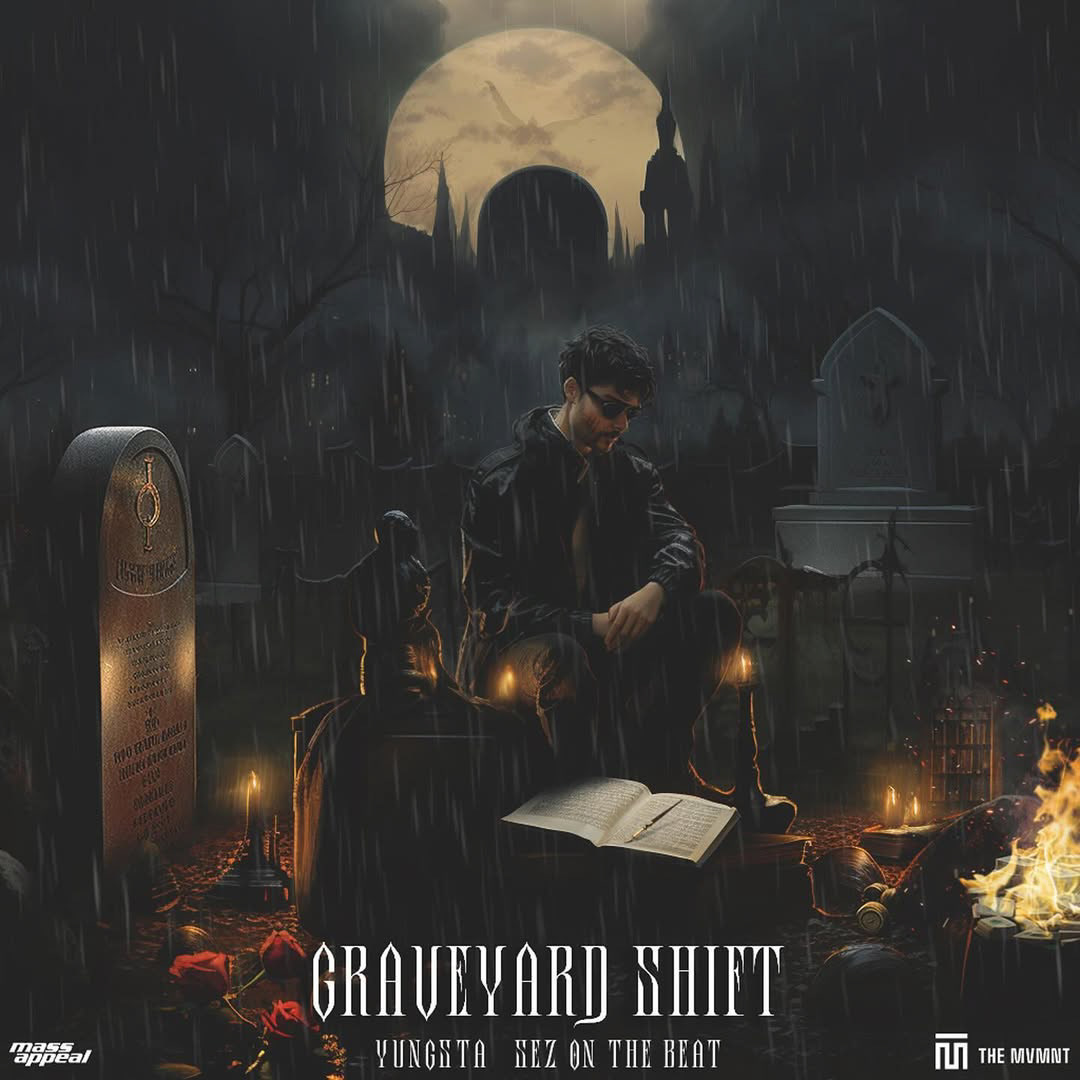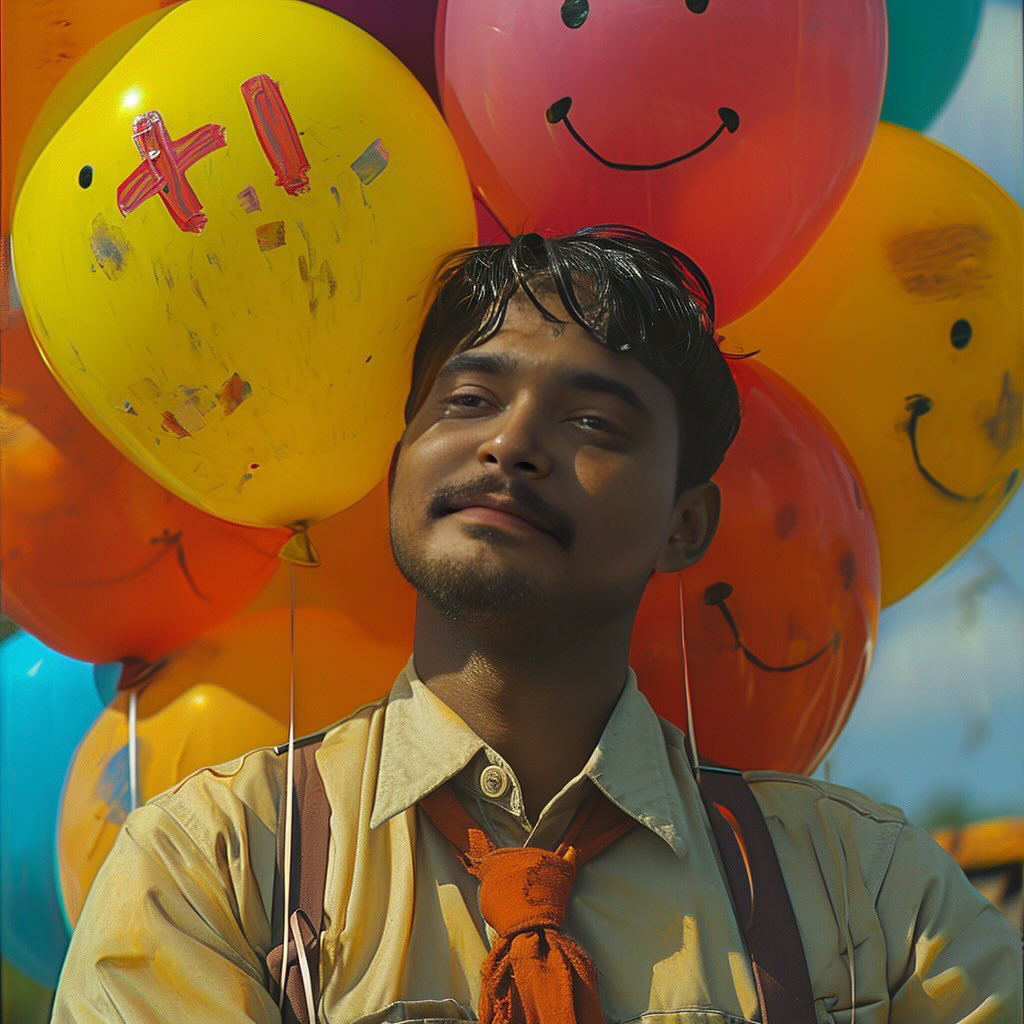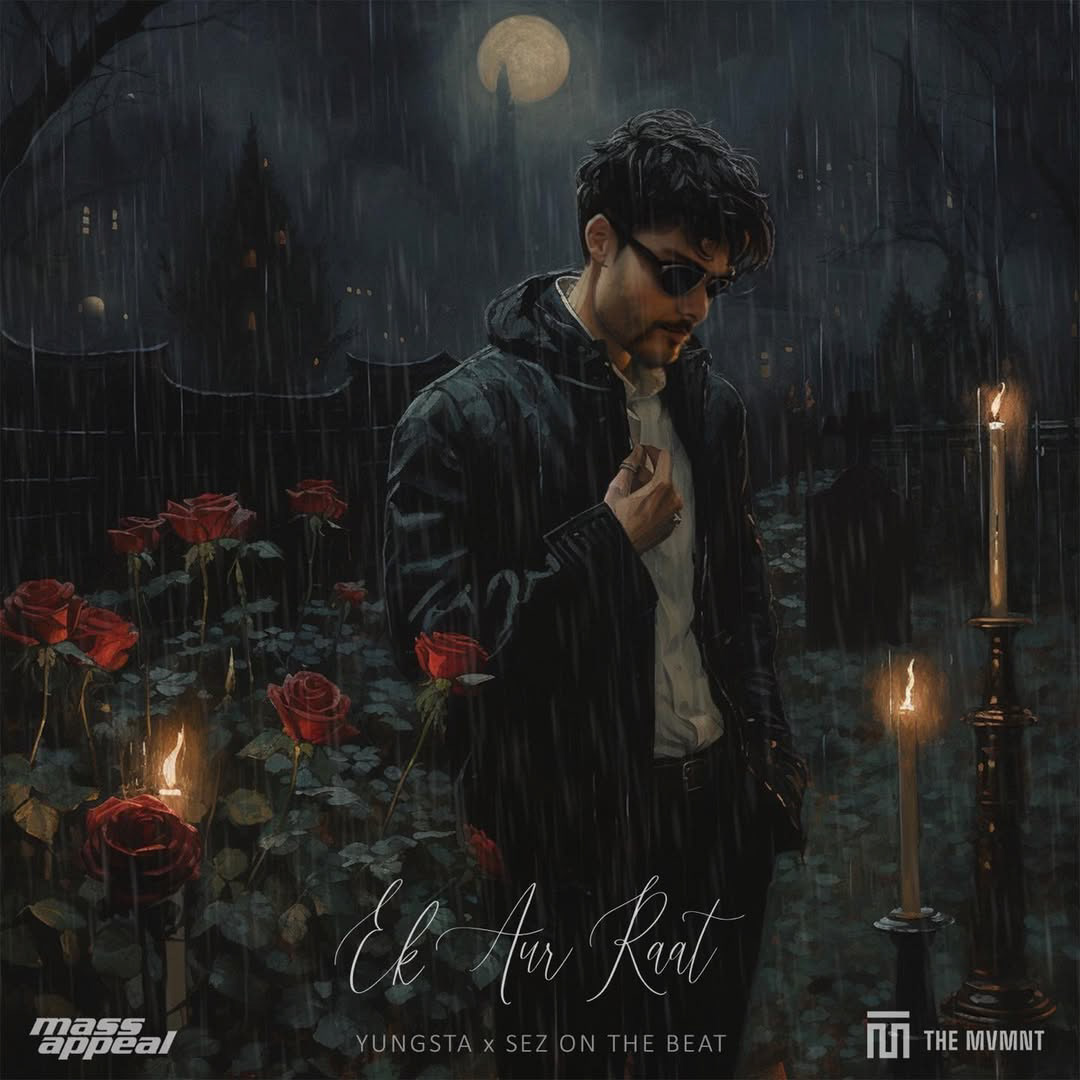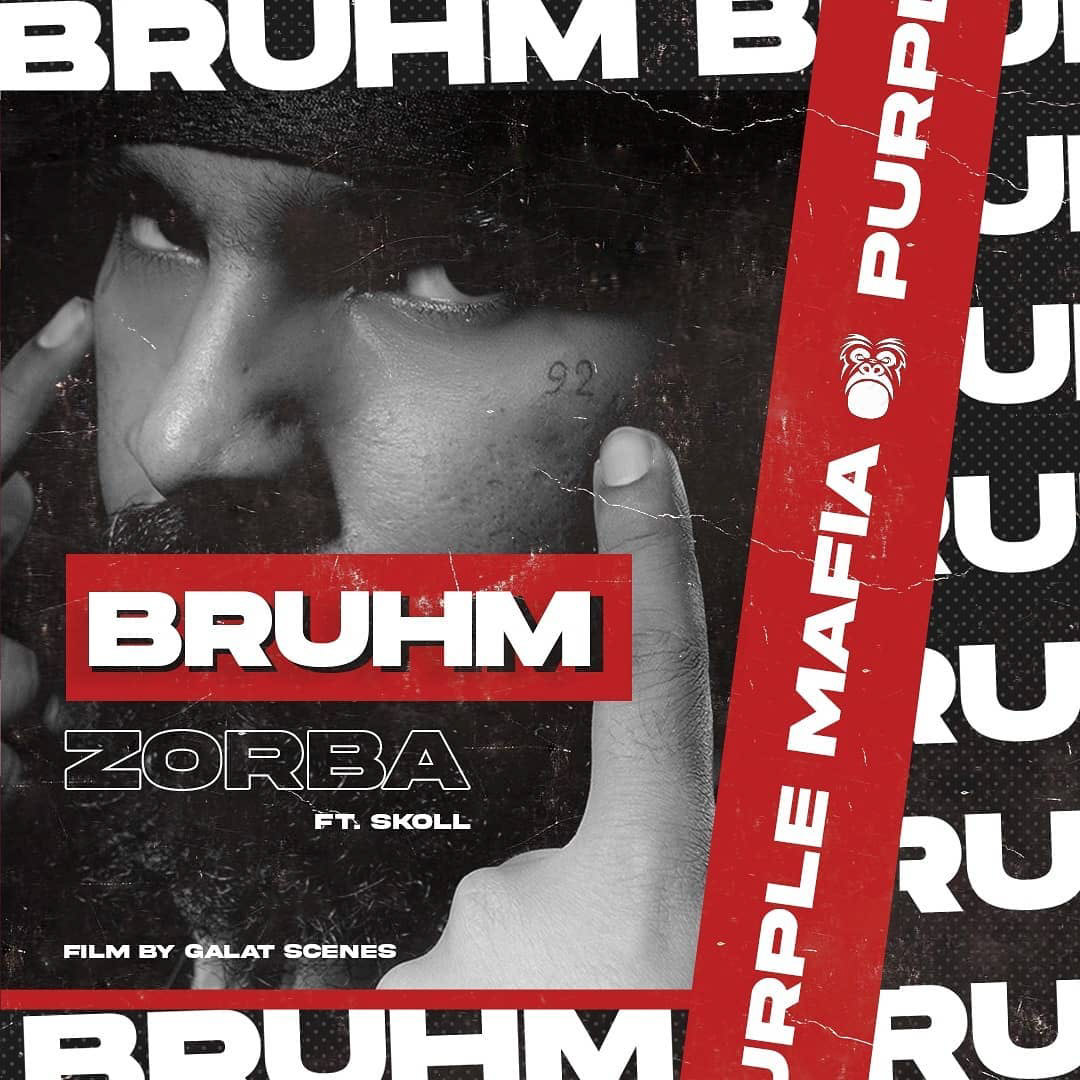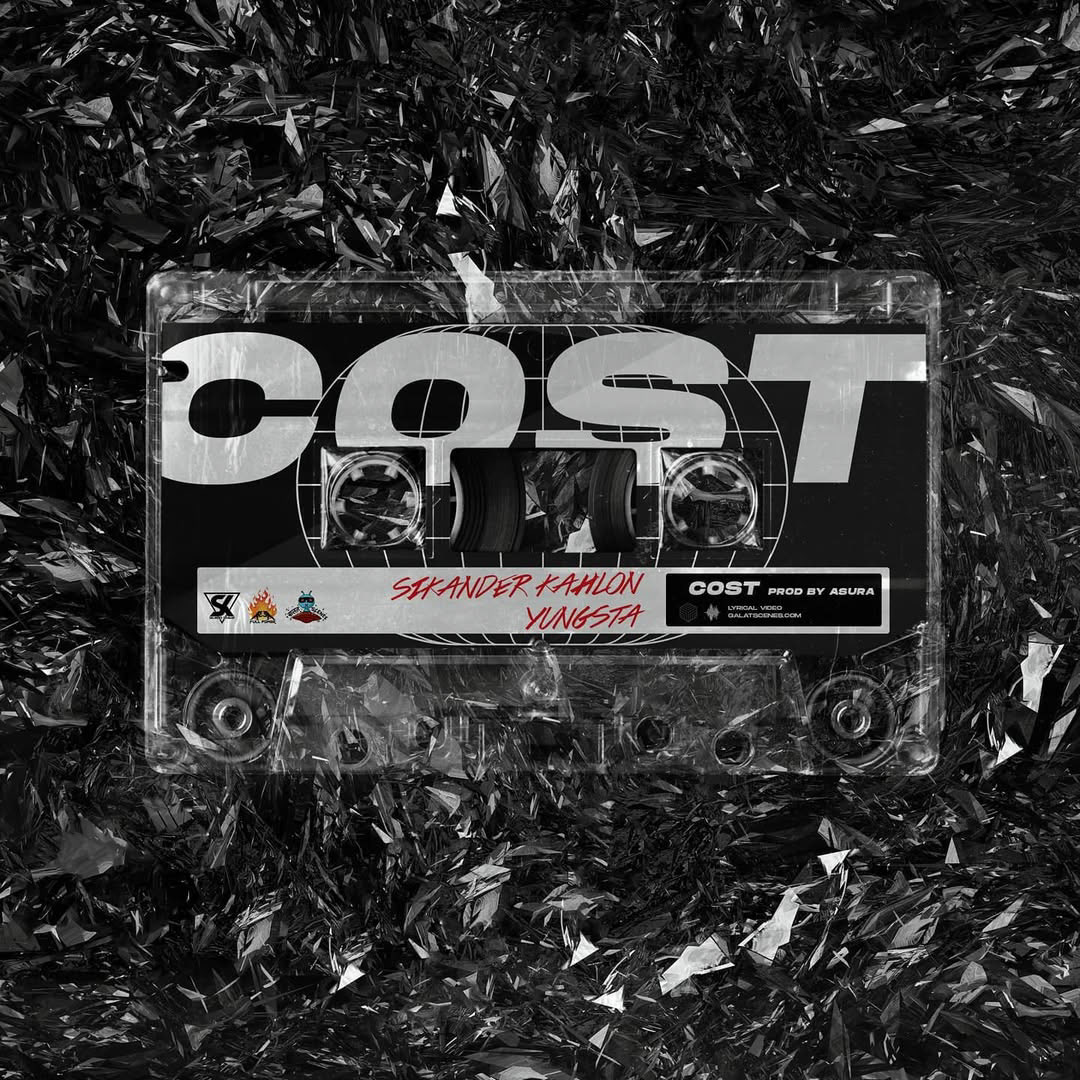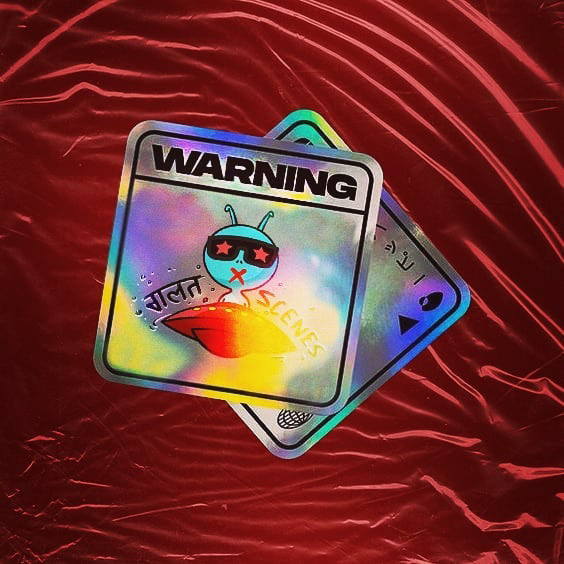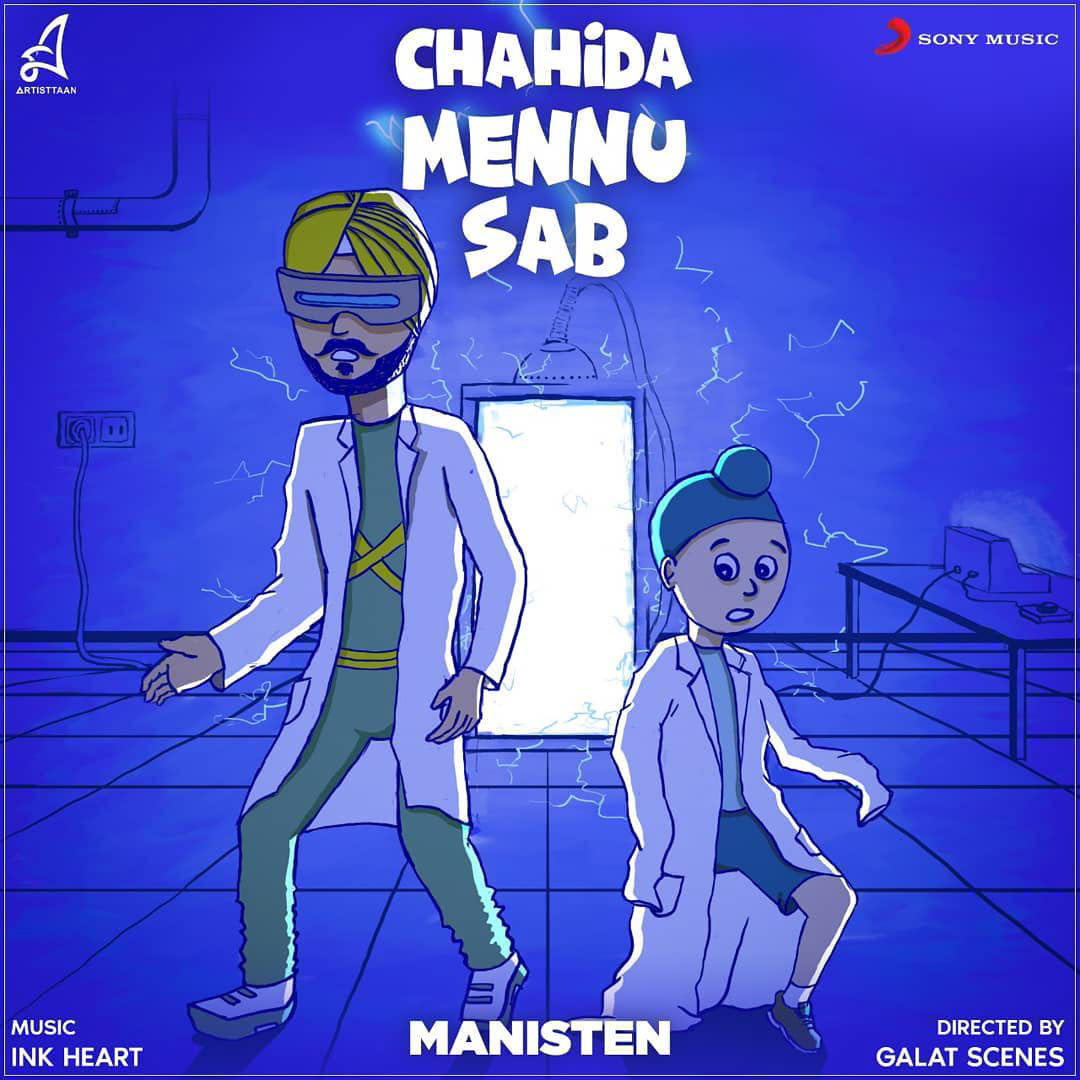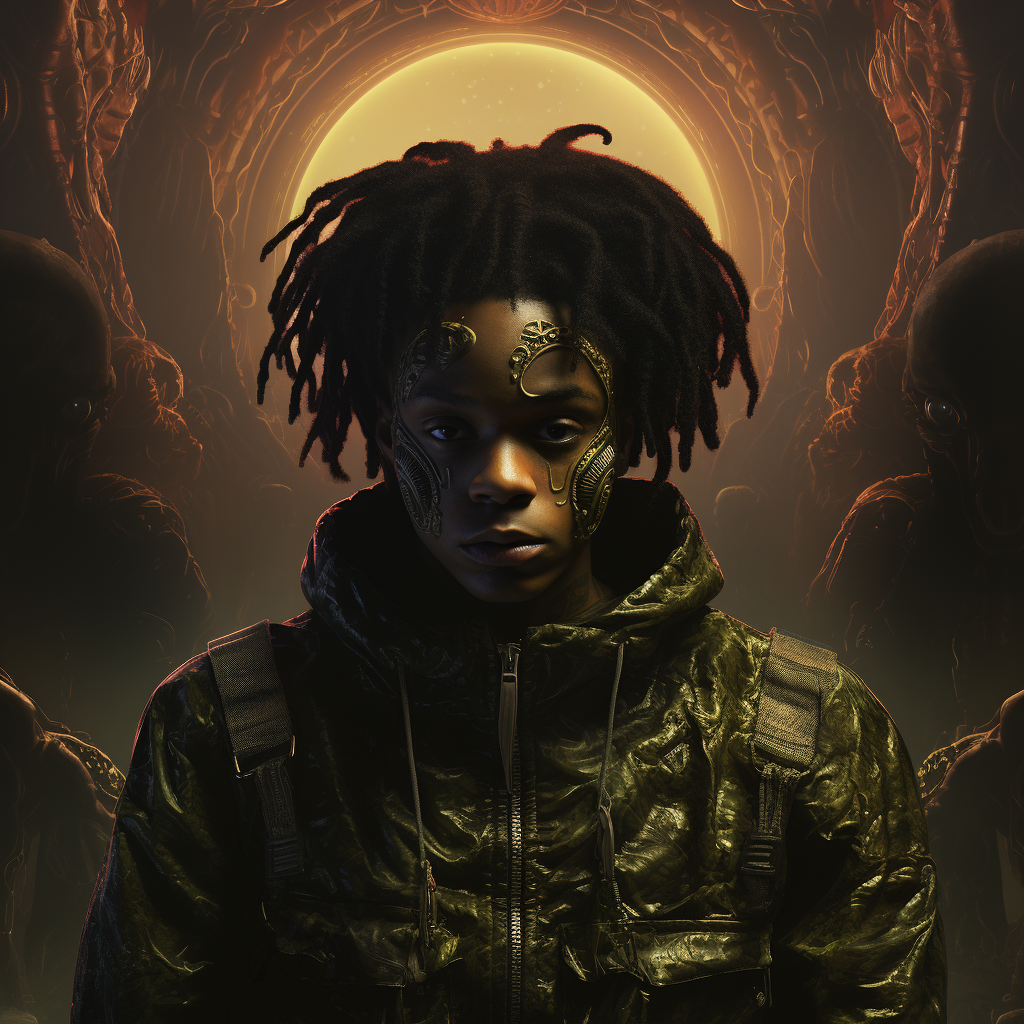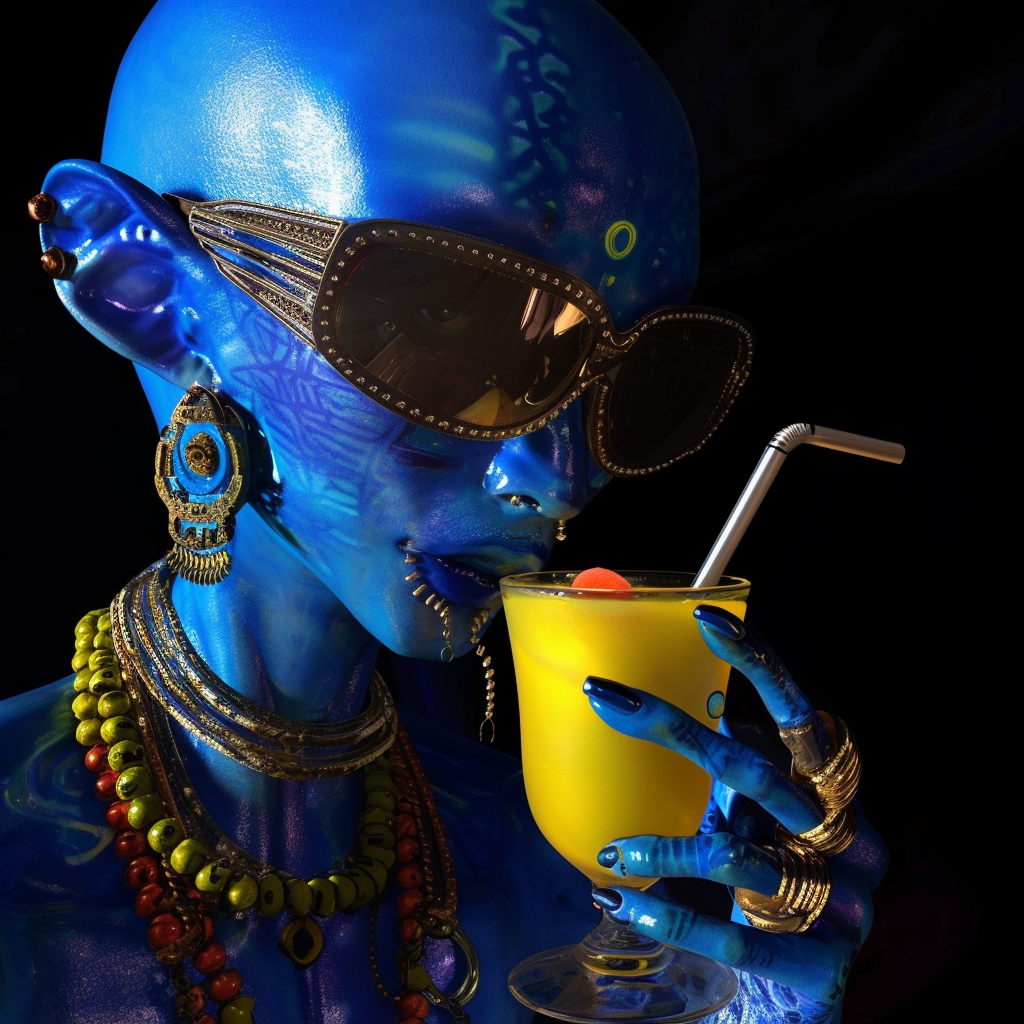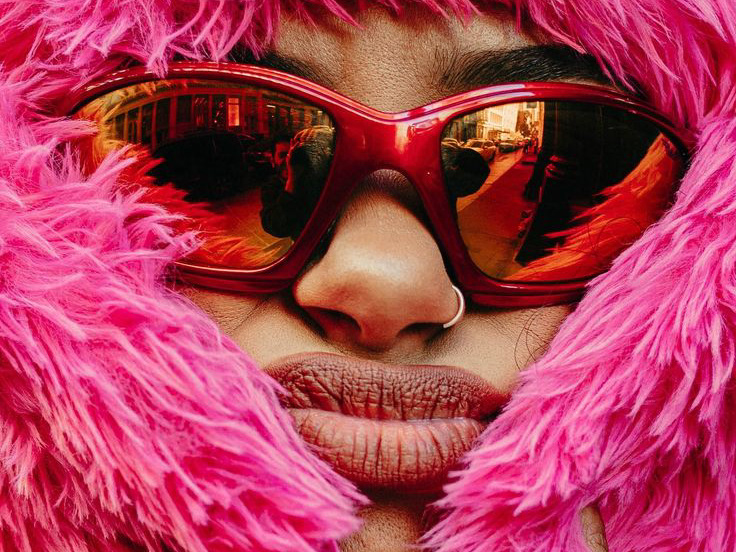Direction • Concept • Edit
From sketching out the vision to shaping the energy in the edit.
Shot across cities, moods, and madness.
From sketching out the vision to shaping the energy in the edit.
Shot across cities, moods, and madness.
I got into Music Videos in 2017 drawn to its rawness, its truth, and the potential I saw in hyperlocal voices going global. It wasn’t just the sound that pulled me in. It was the stories. The energy. The fact that no one was documenting this the way it deserved.
By 2018, I wasn’t just watching from the sidelines, I was in the trenches. Shooting. Editing. Directing. Curating shows. Promoting artists who had nothing but talent and hunger. I wasn’t part of a crew or company, I was just a one-person setup figuring it out as I went. Whatever needed to get done, camera work, graphics, logistics, I did it.
In the early days, there was no structure. Just me and a couple of friends who believed in the culture and wanted to help shape it. As the scene grew, so did the work. I eventually built out freelance creative teams across cities for larger brand-backed projects, but preferred the music videos edgy & DIY.
I’ve always approached visuals with flexibility. Some videos are symbolic, open to interpretation. Others follow a direct narrative. It depends on the artist, the track, the energy. The only rule I follow is the story has to feel honest. Whether that means chaotic cuts or quiet meditative pacing, I let the music lead.
Over time, my work started speaking for itself. People began to recognise not just the editing style, but the kind of artists I chose to work with and the risks I took on new voices. A lot of those artists are now touring nationally, featuring on Bollywood and OTT soundtracks, and leading the next chapter of Indian hip hop.
The videos I directed and produced have reached between 100K to 500K+ views, all organic. No ad money. No media push. Just real energy and word-of-mouth. That body of work helped shift how Desi Hip Hop looked, felt, and was consumed. It sparked collaborations across cities and gave underground artists a visual identity that matched the power of their sound. More than anything it set a tone, a blueprint that younger creators are still building on today.



